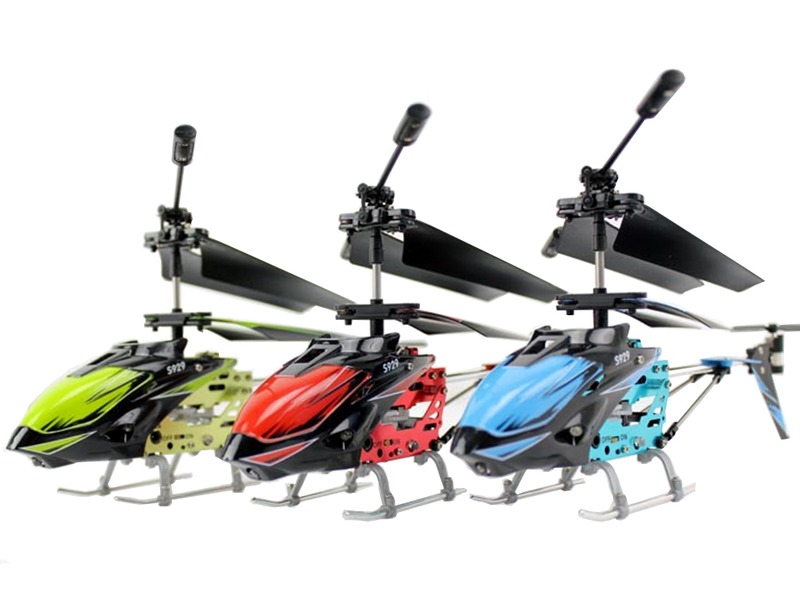Do helicopters have night vision?

Yes, helicopters do have night vision capabilities. This is made possible through the use of specialized cameras and other technologies that allow pilots to see in the dark.
The most common type of night vision used in helicopters is thermal imaging. Thermal imaging cameras detect infrared radiation, which is emitted by all objects that are warmer than their surroundings. This allows pilots to see in the dark by detecting the heat signatures of objects. Thermal imaging cameras are typically mounted on the nose of the helicopter and can be used to detect people, animals, and other objects in the dark.
Another type of night vision used in helicopters is forward-looking infrared (FLIR) imaging. FLIR cameras detect differences in infrared radiation that are emitted from objects. This allows pilots to see in the dark by detecting the heat signatures of objects. FLIR cameras are typically mounted on the nose of the helicopter and can be used to detect people, animals, and other objects in the dark.
Other types of night vision used in helicopters include low-light imaging and night vision goggles. Low-light imaging cameras detect light that is not visible to the naked eye, such as starlight and moonlight. Night vision goggles are worn by pilots and allow them to see in the dark by amplifying the available light.
Helicopters also have other technologies that help them to fly in the dark. These include navigation systems that use GPS and other technologies to help pilots navigate in the dark. Helicopters also have special lighting systems that allow pilots to see the ground and other objects in the dark.
Overall, helicopters do have night vision capabilities. This is made possible through the use of specialized cameras and other technologies that allow pilots to see in the dark. Thermal imaging cameras, FLIR cameras, low-light imaging cameras, and night vision goggles are some of the most common types of night vision used in helicopters. Additionally, helicopters have navigation systems and special lighting systems that allow pilots to fly and see in the dark.

